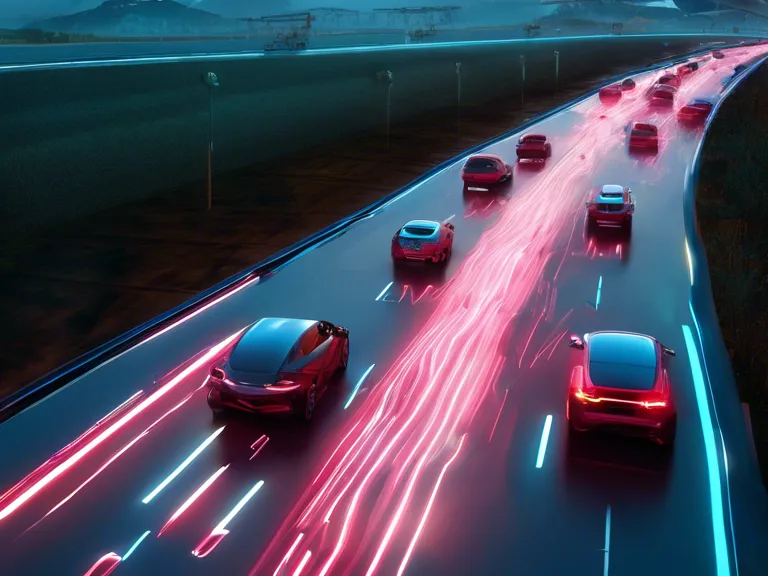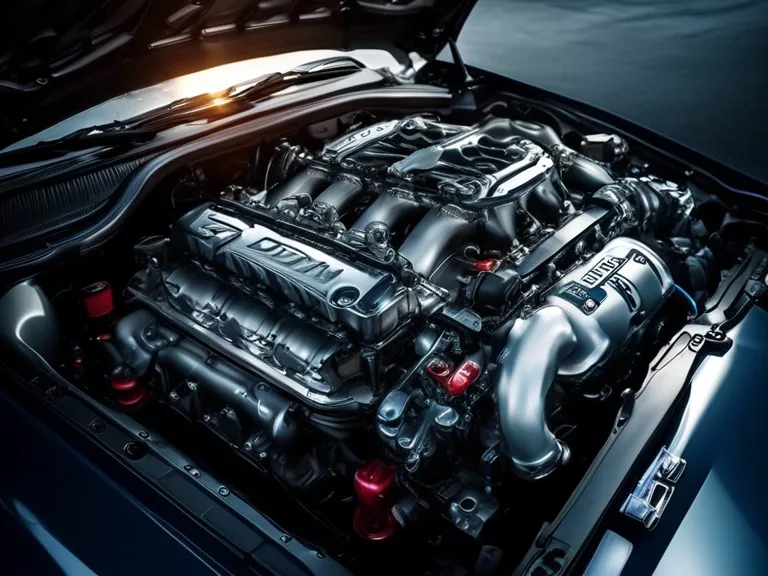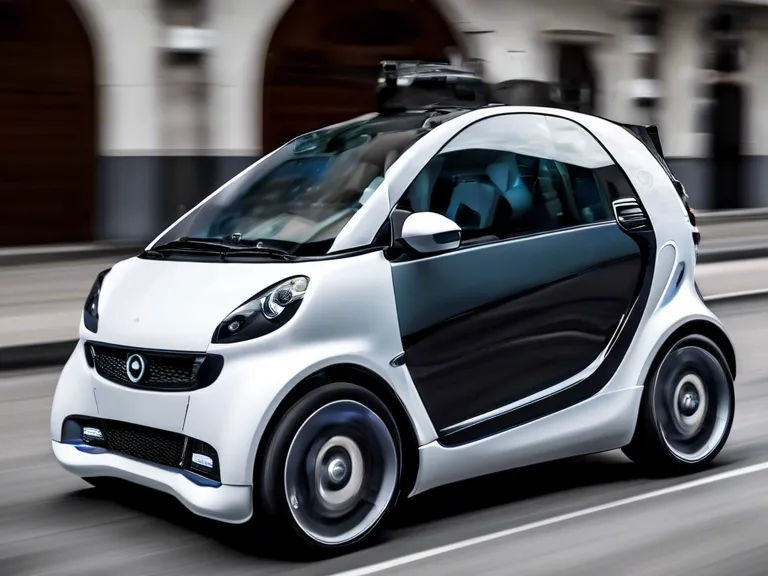
The auto industry stands at the cusp of a revolution driven by emerging technologies. As advancements in technology redefine transportation, the integration of cutting-edge innovations is reshaping how we design, manufacture, and interact with vehicles. From electrification to connectivity, these technologies are transforming the automotive landscape, paving the way for a new era of mobility.
The Electrification of Vehicles
Electric vehicles (EVs) are at the forefront of the automotive revolution, driven by advancements in battery technology and a growing emphasis on sustainability:
Battery Technology: Improvements in lithium-ion and solid-state batteries are enhancing the range, charging speed, and overall performance of electric vehicles. These advancements are making EVs more practical and appealing to a broader audience.
Charging Infrastructure: The expansion of fast-charging networks and the development of wireless charging technologies are addressing one of the primary concerns of EV adoption—charging convenience. Enhanced infrastructure supports the growth of electric mobility.
Environmental Impact: The shift to electric vehicles contributes to reducing greenhouse gas emissions and reliance on fossil fuels, aligning with global sustainability goals and environmental regulations.
Autonomous Driving Technologies
Autonomous driving represents a major leap forward in automotive technology, with the potential to transform how we experience transportation:
Sensor Technology: Vehicles equipped with an array of sensors, including cameras, radar, and lidar, can perceive their surroundings and make informed driving decisions. These sensors are crucial for the development of reliable and safe autonomous systems.
Machine Learning and AI: Artificial intelligence and machine learning algorithms enable vehicles to learn from vast amounts of data, improving their ability to navigate complex driving environments and handle diverse scenarios.
Regulatory and Ethical Considerations: The deployment of autonomous vehicles raises questions about regulation, safety standards, and ethical considerations. Ensuring the safe integration of autonomous technology requires collaboration between industry stakeholders and policymakers.
Connectivity and Smart Features
The integration of connectivity and smart features is enhancing the user experience and functionality of modern vehicles:
Vehicle-to-Everything (V2X) Communication: V2X technology allows vehicles to communicate with other vehicles, infrastructure, and even pedestrians. This connectivity improves traffic management, safety, and efficiency.
Infotainment Systems: Advanced infotainment systems offer seamless integration with smartphones, provide real-time navigation, and support voice commands. These systems enhance the driving experience and keep drivers connected.
Over-the-Air Updates: The ability to update vehicle software remotely ensures that cars can receive the latest features and improvements without requiring a visit to the dealership. This capability keeps vehicles current and enhances their functionality over time.
Sustainable Manufacturing Practices
The shift towards sustainability is not limited to the vehicles themselves but extends to manufacturing practices:
Green Manufacturing: Automakers are adopting environmentally friendly manufacturing processes, such as using recycled materials, reducing waste, and minimizing energy consumption in production facilities.
Circular Economy: The concept of a circular economy encourages the reuse and recycling of vehicle components and materials. This approach reduces the environmental impact of manufacturing and supports resource conservation.
The Future of Mobility
The future of the auto industry is shaped by several emerging trends and technologies:
Shared Mobility: The rise of ride-sharing and car-sharing services is changing the way people access transportation, promoting a shift away from individual car ownership towards more flexible and sustainable mobility options.
Smart Cities: Integration with smart city infrastructure will enable vehicles to interact with urban environments more effectively, optimizing traffic flow, and enhancing safety and convenience for all road users.
Innovation in Materials: Research into new materials, such as lightweight composites and advanced alloys, is driving the development of more efficient and durable vehicles. These innovations contribute to improved performance and reduced environmental impact.
Conclusion
The automotive industry is undergoing a profound transformation driven by emerging technologies. From electrification and autonomous driving to connectivity and sustainable manufacturing, these advancements are reshaping the way we experience transportation. As we embrace the future of mobility, the integration of technology will continue to drive innovation, offering new possibilities for a more connected, efficient, and sustainable world on the road.



